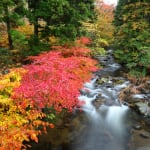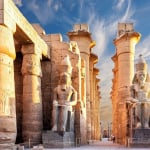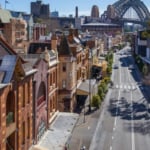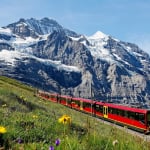Name: Samburu National Reserve
Address: Samburu District, Kenya
Official/Related Site URL: https://www.samburu.net/

Beautiful Nature and Wildlife Await! 5 Recommended Tourist Spots in Kenya
Kenya, which may not be so familiar to your country, is one of the leading countries on the African continent. Although Africa might be associated with concerns about safety, Kenya is relatively safe and attracts many tourists. The charm of Kenya lies in its vast savanna! It is truly breathtaking to witness up close the lives of wild animals that you might only see in a zoo in your country. In addition to the savanna, Kenya is also home to Mount Kenya, which exceeds 5,000 meters in elevation, as well as ethnic groups with unique cultures, offering countless extraordinary experiences. At least once in your life, you have to go! Here are our recommended spots in Kenya.
table of contents
[x] close
Beautiful Nature and Wildlife Await! 5 Recommended Tourist Spots in Kenya
1. Samburu National Reserve (Rift Valley Province)
Located 340 kilometers north of Kenya’s capital, Nairobi, near the equator in a semi-desert region, is the Samburu National Reserve. It covers 165 square kilometers, which is not particularly large, but because temperatures are high and humidity is low, it is home to animals different from those in the savannas to the south.
For example, the Grevy’s zebra, which has finer stripes than the commonly known zebra. The reticulated giraffe, whose coat markings are more clearly defined than giraffes in other savannas. The gerenuk, a deer-like animal that skillfully stands on its hind legs to eat leaves. Because this savanna, located in the Northern Hemisphere near the equator where it is dry, is home to rare wildlife you can’t see in other reserves, it is a very popular spot!
2. Masai Mara National Reserve (Rift Valley Province)
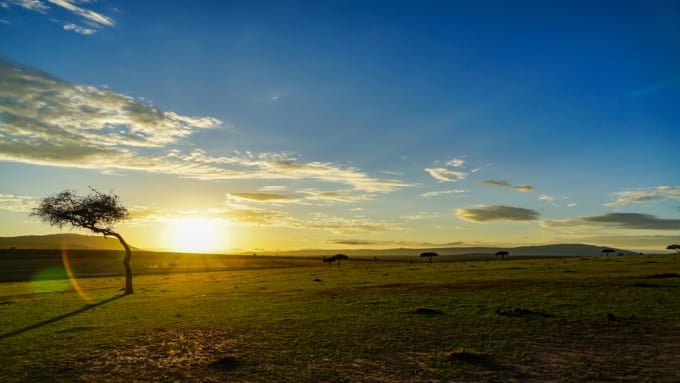
Kenya is known for its vast grasslands, where you can get up close to wildlife! Among its many reserves, it’s no exaggeration to say that Masai Mara National Reserve offers the greatest variety of animals to observe. The southern part of the reserve borders Tanzania, but there are no fences, and its grounds connect to Tanzania’s Serengeti National Park. Together, these two parks total more than 16,000 square kilometers, meaning the wildlife can roam freely across Kenya and Tanzania without regard for national borders.
Moreover, it is not managed by the national government but by local authorities, meaning regulations are not too strict! This allows you to observe wildlife up close. Here you’ll find lions, the kings of the savanna, as well as hyenas and other carnivores, plus herbivores like giraffes and elephants. Witnessing the life-and-death struggles of animals living in a world of survival of the fittest will leave a deep impression you’ll never forget.
Name: Masai Mara National Reserve
Address: Rift Valley Province, Kenya
Official/Related Site URL: http://www.maasaimara.com/
3. Lamu Old Town (Lamu)
One of Kenya’s World Heritage sites, Lamu Old Town, was registered as a cultural heritage in 2001. Located on a small island near the border with Somalia, it has served as a trading hub for merchants from around the world since the 12th century. When you look around the town, you’ll see a unique construction method using coral and mangrove everywhere. The Swahili-style white-walled architecture is used in more than 20 mosques and remains beautifully preserved.
Additionally, in Lamu Island, where many old streets remain, roads are narrow and you cannot travel by car. Surprisingly, the traditional mode of transportation is the donkey! It would definitely be a memorable way to get around on your trip. Recently, beach resort development has progressed, so you can enjoy both the cultural heritage and the resort area at once.
Name: Lamu Old Town
Address: Lamu District, Kenya
4. Mount Kenya National Park (Eastern Province)
Mount Kenya National Park is located about 200 kilometers north of the capital, Nairobi. Standing at 5,199 meters, Mount Kenya is the second highest peak on the African continent, after Kilimanjaro. In order to protect the flora and fauna living above 3,350 meters, it was designated as a national park in 1949 and was registered as a World Heritage Site in 1997.
Home to abundant nature, Mount Kenya supports various types of plants and animals. For example, the giant lobelia of the bellflower family, which has adapted to colder climates. Monkeys, leopards, and elephants also live at different elevations. Despite being located right on the equator, Mount Kenya is covered by permanent snow and glaciers. The local people revere it as the mountain where gods dwell, making it a sacred place.
Name: Mount Kenya National Park
Address: Mount Kenya
5. Lake Bogoria (Rift Valley Province)
Lake Bogoria is a large lake located about 285 kilometers northwest of Nairobi, the capital. With a depth of around 10 meters, Lake Bogoria is a highly alkaline saltwater lake. While few creatures live here, it is famous as a habitat for flamingos, thanks to the abundance of cyanobacteria which serve as their food source.
In addition to Lake Bogoria, there are several other lakes in the surrounding area, and the entire region is one of the largest habitats for flamingos in the world. The sight of the lake turning a brilliant pink with flamingos is truly spectacular. Occasionally, geysers erupt from the lake, creating a magical combination of flamingos and water sprays.
Name: Lake Bogoria
Address: Rift Valley Province, Kenya
◎ Summary
Kenya, often called the “Animal Kingdom,” is a tourist destination where you can encounter many wild animals. You might see birds riding on the back of an elephant, or a giraffe family illuminated by the sunset. You may be so moved by the unspoiled natural scenery that you are brought to tears. Simply imagining sharing the same vast grassland world with wild animals is exhilarating. You will surely gain an experience like never before.
RELATED ARTICLES
REGIONS
CATEGORIES
FEATURED ON Guide
-
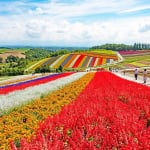
Where will you go for the summer vacation? Introducing recommended spots for domestic travel
-
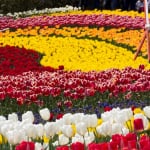
Kaizu City’s Recommended 7 Tourist Spots. Enjoy the Culture and History Nurtured by Wajū!
-
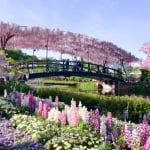
What Makes Ashikaga Flower Park So Special? A Treasure Trove of Photo-Worthy Spots!
-
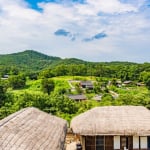
600 Years of Radiant Tradition: Korea’s Historic Villages of Hahoe and Yangdong
-
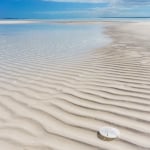
Two-Colored Seas and a Pink Beach! 4 Must-Visit Spots in North Eleuthera
MOST POPULAR ON Guide
-
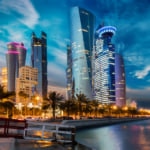 1
1Doha: Must-see Attractions in the Capital of Qatar
-
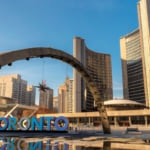 2
2Toronto: 10 Things to do in this Picturesque Canadian City
-
 3
3Amarillo: A City Famous for It’s Amazing Canyons, Great History and Music
-
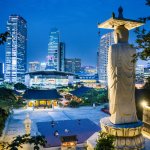 4
4South Korea: Dazzling Scenery, Rich Culture and Fascinating History
-
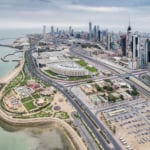 5
5Kuwait: A Country in Middle East Asia Famous for Hot Sand Dunes and Stunning Cityscape

